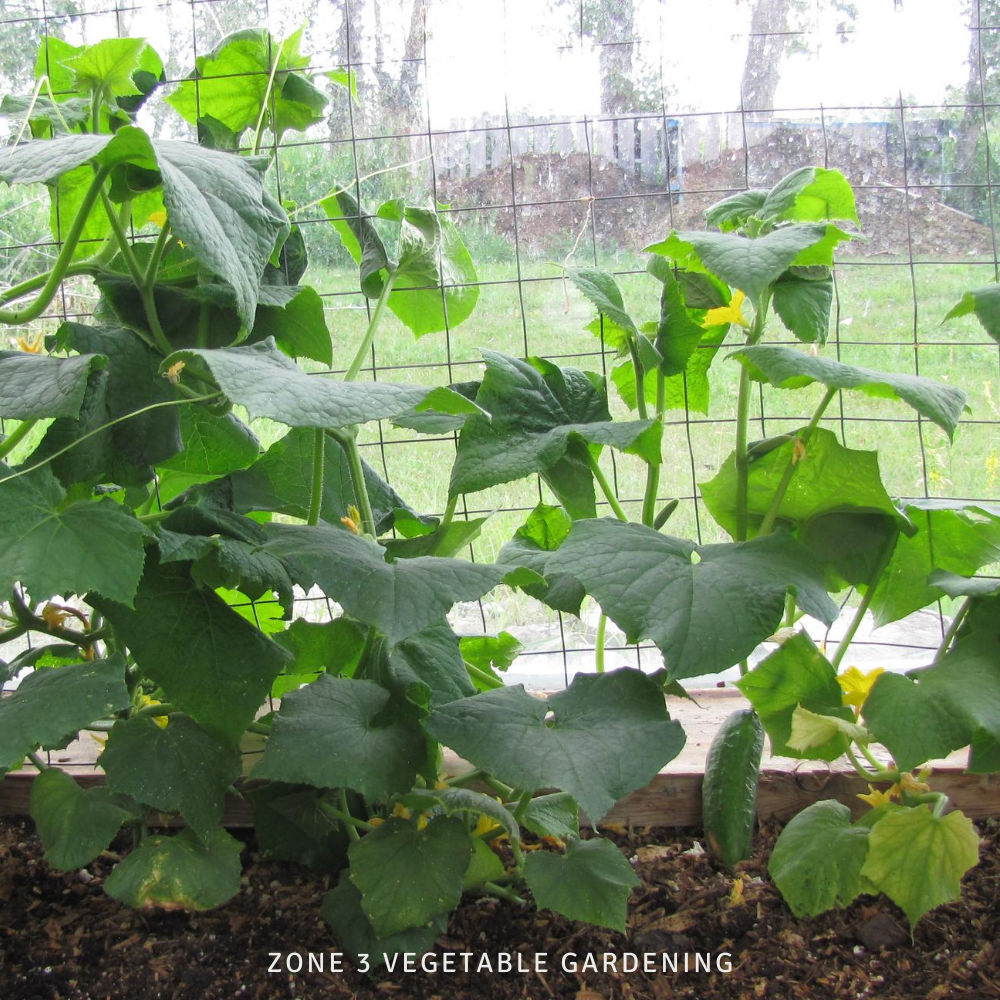
Growing food is important to us, and we have covered many edible plants already. Today it’s all about growing food – cucumbers. Growing cucumbers in the northern climate, using cucumbers in yummy recipes, and preserving them for winter.
Now, I have to admit that I have not been able just yet to grow cucumbers in our outdoor garden very successfully, and also harvest some fruit. I have done that in hydroponics, indoors in the middle of winter, or in the greenhouse, but in the garden? Nope.
So for this vegetable, we needed some help from someone who has had success in growing them outdoors. Krista, a fairly new blogger at Zone 3 Vegetable Gardening was willing to share her insights on cucumbers with us. Enjoy!
Growing Cucumbers in the Northern Climate
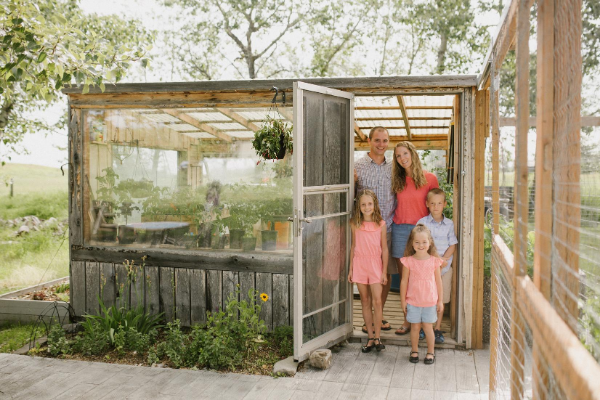
Cucumbers are a favorite vegetable in our house and fun (although somewhat tricky) to grow. My kids love being able to go outside and pick and eat fresh cucumbers off the vine! Over the years I have had both successes and failures with growing cucumbers. I want to share my best tips with you so that you can have success growing your cucumbers and not make the same mistakes I did!
Choosing a Variety
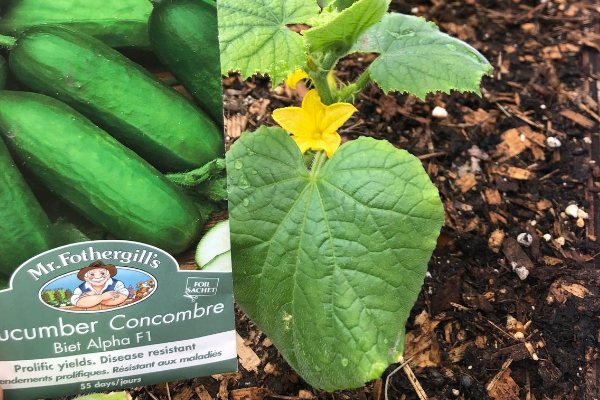
Cucumber varieties include both pickling and slicing cucumbers. Pickling cucumbers are shorter 3 to 4 inches (ca. 8 to 10 cm) and often have bumpy skin. Slicing cucumbers vary from 4 to 10 inches (ca. 10 to 25 cm) in length and have a thicker skin then pickling cucumbers. Within those varieties, you can grow vine or bush cucumbers. Bush cucumbers are great for growing in containers or in a garden where you do not have room for vines to grow.
One of my favorite varieties to grow is Mr. Fothergill’s Concombre Biet Alpha F1. These are like the mini cucumbers you get in the grocery store. They grow to be about 4 to 6 inches (ca. 10 to 15 cm) long and produce well! I am also trying Patio Snacker from West Coast Seeds, in a container. They are growing well and full of blossoms!
When to Start Cucumbers
Cucumbers love the heat! This can be difficult to provide in our cool northern climate. I have had the best success when I start my cucumbers indoors rather than from direct seeding into my garden. This year I started my cucumbers on May 2nd. Cucumber seeds require warm soil temperatures of 20°C (68°F) to germinate.
I have had success direct seeding cucumbers on years with warm spring weather but over the years have had many more failures than successes. Start seeds indoors 3 to 4 weeks prior to when you plan to move them outdoors. Wait to move them outdoors until at least 1 to 2 weeks after your last frost.
How to Transplant Cucumbers
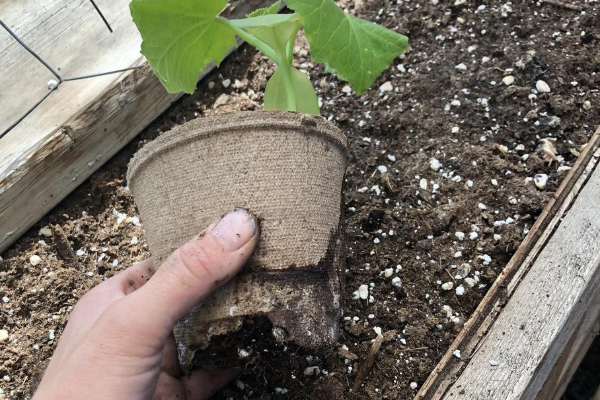
Cucumbers do not like their roots disturbed during transplant. If roots are too disturbed your plant will wilt and die within a few days of transplanting. For this reason, use peat pots (brown fiber pots) to start your cucumbers in.
The best time to transplant cucumbers is after they have developed their 3rd true leaf. This is when the plant is strong enough but yet still small enough to adapt to being transplanted. Transplanting when they are large plants will most likely cause transplant shock and you will find your plant will stop growing for about 3 weeks before it will adjust.
Be sure to harden off your cucumbers prior to planting outdoors. Once outdoors, keep an eye on the temperature forecast and cover your cucumber plants if any temperature drop below 5 °C (41 °F) is expected.
To transplant ensure your plant and pot are damp. Gently cut or remove the bottom of the peat pot. Form a slight mound or hill at the base of the plant. This will aid in keeping water from pooling around the plant and help keep the leaves from getting wet. Always water plants after transplanting to settle the soil around the plant.
Planting Location
Chose a warm sunny location and if possible a location out of the wind for your cucumber plants. They love warm soil and warm roots and for this reason, do well in greenhouses, cold frames, raised beds, and containers. A location with morning sunlight will aid in preventing disease by drying the dew off the leaves early in the day.
Companion Plants for Cucumbers
Cucumbers do well planted next to beans, carrots, peas, kohlrabi, brassicas, onions, dill, and sunflowers. Sunflowers can act in place of a trellis for your cucumber plants, allowing them to vine up the stalks. Planting nasturtiums and marigolds near your cucumbers benefit cumber plants by deterring pests and attracting pollinators.
Do not plant cucumbers near potatoes as cucumbers can encourage potato blight to form on potatoes.
Watering Cucumbers
Cucumber plants love consistent water but do not like water on their leaves or soggy roots! Wet leaves open the door for diseases such as powdery mildew. Mulch will benefit your cucumber plants by retaining moisture and keeping the leaves up from pooled water.
As much as they love water overwatering can be a problem, especially in young plants. Planting in well-drained soil helps to prevent the plant roots from sitting in water.
Pollination
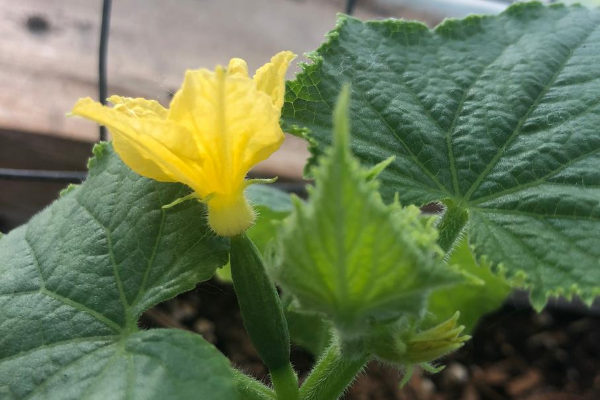
You will notice that your cucumber plant will have two types of blossoms. There are both male and female blossoms on each plant. The male blossoms normally begin to bloom first and have only a straight stem behind the blossom. The female flowers will have what looks like a tiny cucumber behind the blossom where the stem is. On most varieties the male blossoms do not turn into cucumbers, only the female blossoms do.
If you don’t notice pollinators on your cucumber blossoms you can hand pollinate by using a paintbrush, Q-tip or picking the male blossom and using that to spread pollen from the male blossoms to the female ones. Lightly brush the blossoms, beginning with the male and then brushing over the female blossoms.
Harvesting Cucumbers
Harvest your cucumbers as soon as they are large enough. This promotes more cucumbers to grow. The best time to pick them is early in the morning, as the cool of the day helps preserve crisp cucumbers.
Leaving cucumbers on the vine too long and under watering are both known to be causes of bitter cucumbers. Once your cucumber plants are established you will be amazed at how many cucumbers one plant can produce!
If you have found this article helpful and would like to read more of my articles on growing vegetables in the zone 3 gardening climate, visit my blog at zone3vegetablegardening.com.
Thank you, Krista, for these great growing cucumbers in the northern climate tips.
Using cucumbers
Now, let us take a look into using cucumbers in yummy recipes and preserving them for winter. After all, we are growing food – cucumbers.
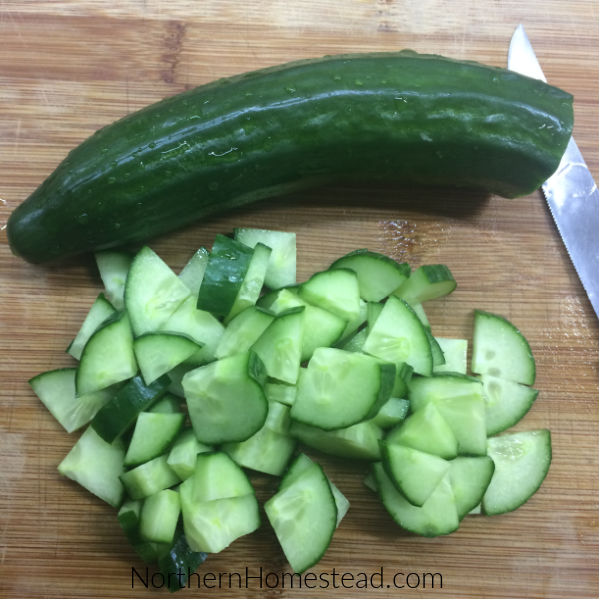
Cucumbers are best enjoyed fresh directly from the plant. That’s one reason growing cucumbers is just so much fun. Slice in half, add some salt if desired, and bite in preferably while the fruit is still warm from the sun, yummy!
Cucumbers are great in all kinds of fresh garden salads. We love freestyle cooking and even more freestyle salading (is this even a word?). Just walk through the garden and add whatever is growing and you like to eat raw. Add your favorite salad dressing, and enjoy. We mostly substitute the salad dressing with a teaspoon of olive oil, a tablespoon or two of rice vinegar with a pinch of herbal salt. Vegetables that go well with cucumbers are tomatoes, shallots or onions, peppers, radishes, and all kinds of greens. The preferred herb for cucumbers is dill.
Stored in the fridge in an airtight bag or container cucumbers will keep a few days, but lose their crispiness and taste quickly.
If there is an overproduction of any kind or shape of cucumbers they can be fermented as half-sour pickles. This will store in the fridge for a few weeks if they ever last that long. You have never fermented anything? Try cucumbers, it’s the best vegetable to start with fermentation. Read a step by step how-to here.
Preserving cucumbers
Cucumbers can also be fermented for long time storage (up to a year). For that, it’s best to use pickling cucumbers and ferment them longer, in about 3 days you will have half sour’s, and in about 6 days you will have full sour’s.
The most common way to preserve cucumbers for winter is by canning. Try the German Dill Pickles recipe.
The Ball Complete Book of Home Preserving has many great recipes for cucumber pickles, slices, rings, and relish.
Do you successfully grow cucumbers in a cold climate? Share your best tips with us.
We invite you to subscribe to Northern Homestead and follow us on Instagram, Facebook, or Pinterest for the latest updates.


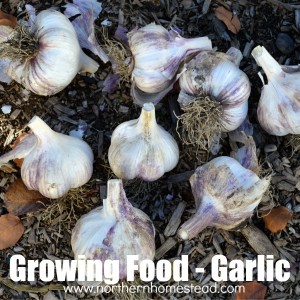
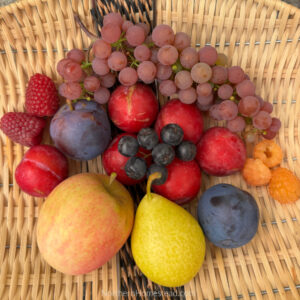
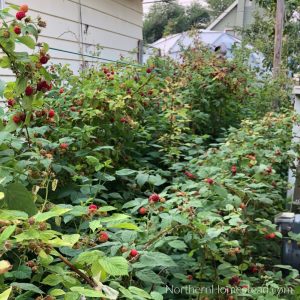
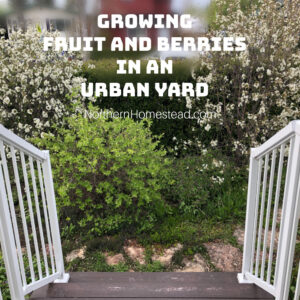

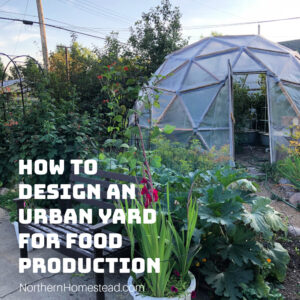
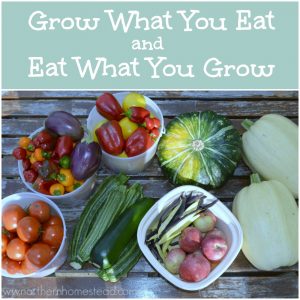
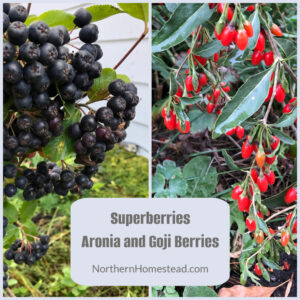
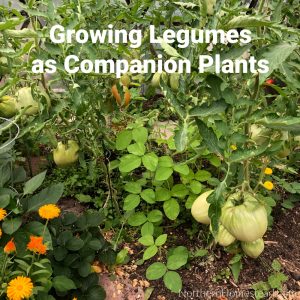
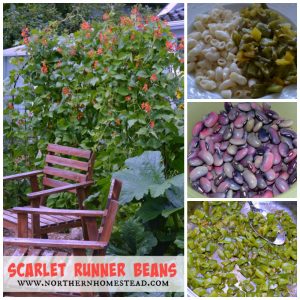

Thank you so much for having me as a guest writer! You have been such an inspiration and encouragement to me. Thank you for sharing so much great information and for inspiring each us who garden in the northern climate.
I also live in a cold northern climate with a short growing season. I find it very helpful to keep my cucumbers covered with a frost protection blanket for the first several weeks until the weather is really warm and the plants are well established.